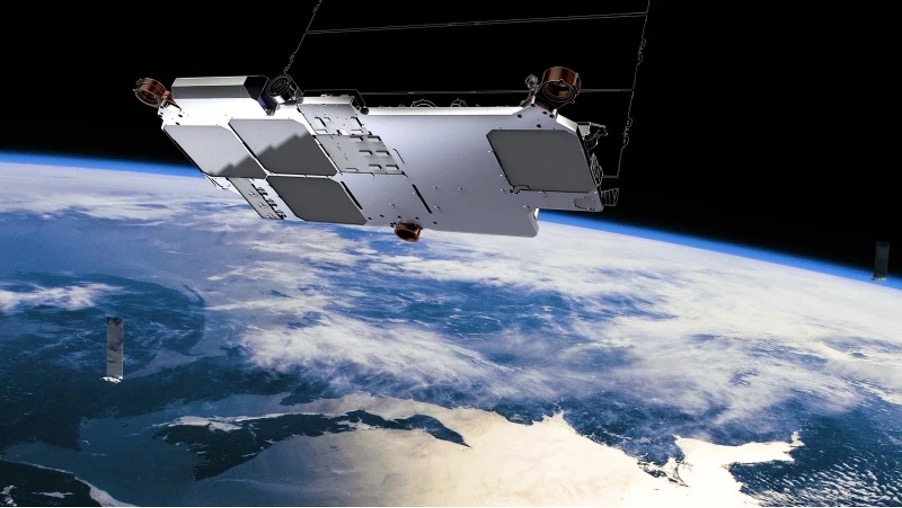New break-through technologies are exciting, and especially if they appear to be straight from a science fiction novel.
The latest version of Starlink’s Low Earth Orbit (LEO) satellites version 2.0 includes both lasers and krypton fuelled ion thrusters. Why, you may ask? This is where it gets really awe inspiring.
If you are not already aware, Starlink has already launched approximately 1,700 LEO satellites which are currently circumnavigating the earth at around 570 kms above us. These LEOs are designed to provide high speed broadband internet to regional areas across the globe, areas where there is often poor internet and communication coverage.
Starlink has announced a new version of their LEO satellites which have a number of technologies enhancements and includes lasers and krypton powered ion thrusters!
The lasers are used for inter-satellite data communication. Lasers allow data to be transmitted around the globe, hopping from satellite to satellite. This technology has 2 great advantages of existing technologies. Firstly, in the vacuum of space it can transmit gigabytes of data at close to the speed of light and in a direct line. And secondly, this reduces the requirement for ground stations and further reduces latency. The traditional undersea cables that carry our international data do not have these physical advantages. Broadband internet gets faster, and it will allow people in regional areas to get useable access to applications such as gaming and video conferencing.
The krypton powered ion thrusters allow Starlink to manoeuvre the satellites, to avoid space junk and allow it to de-orbit the satellite at the end of its life.
I get the feeling that this technology is going to revolutionise the world as we know it by offering high speed broadband globally and enable many exciting opportunities.
Published by Anton Gain: www.gainconsulting.com.au

